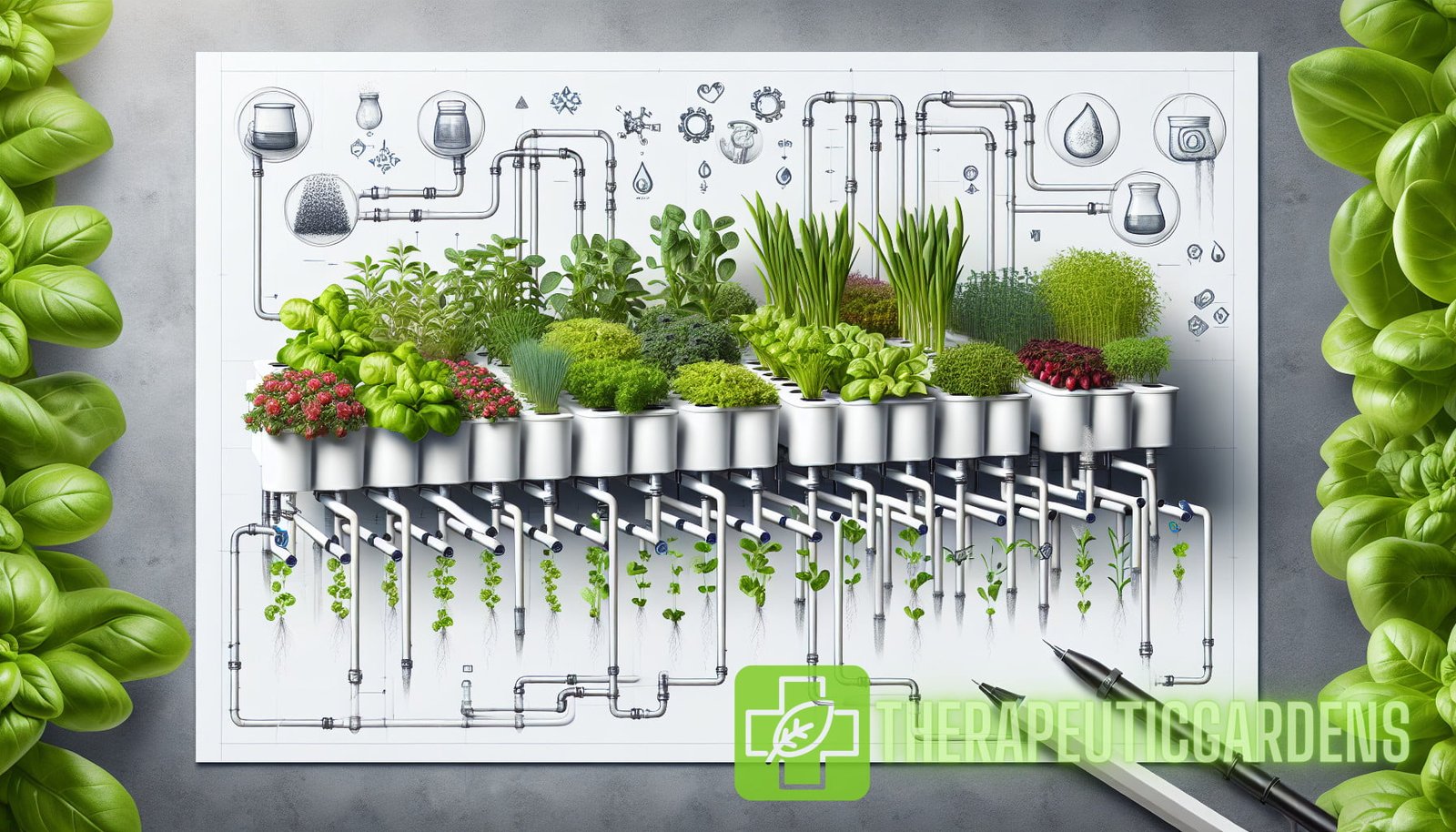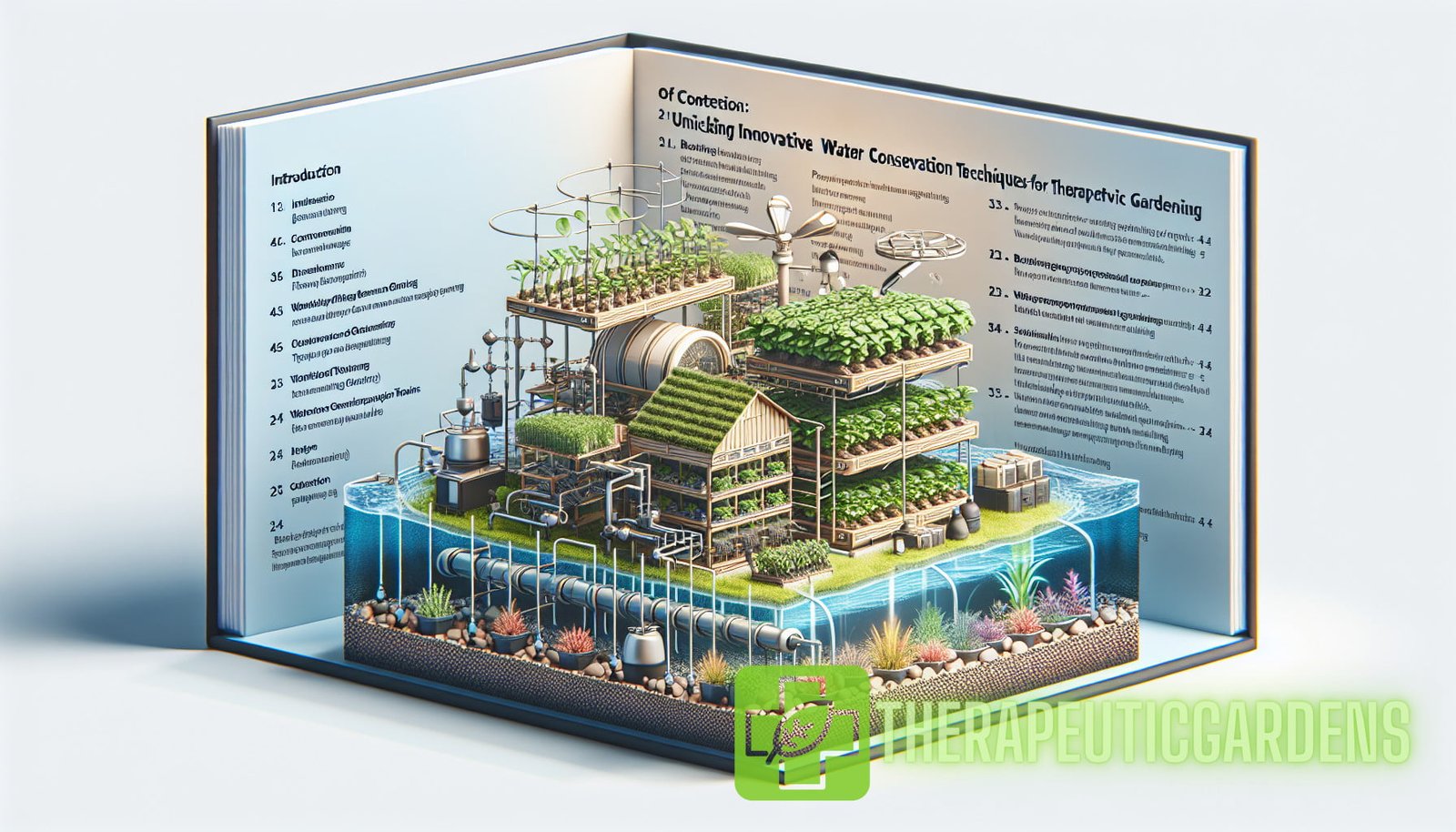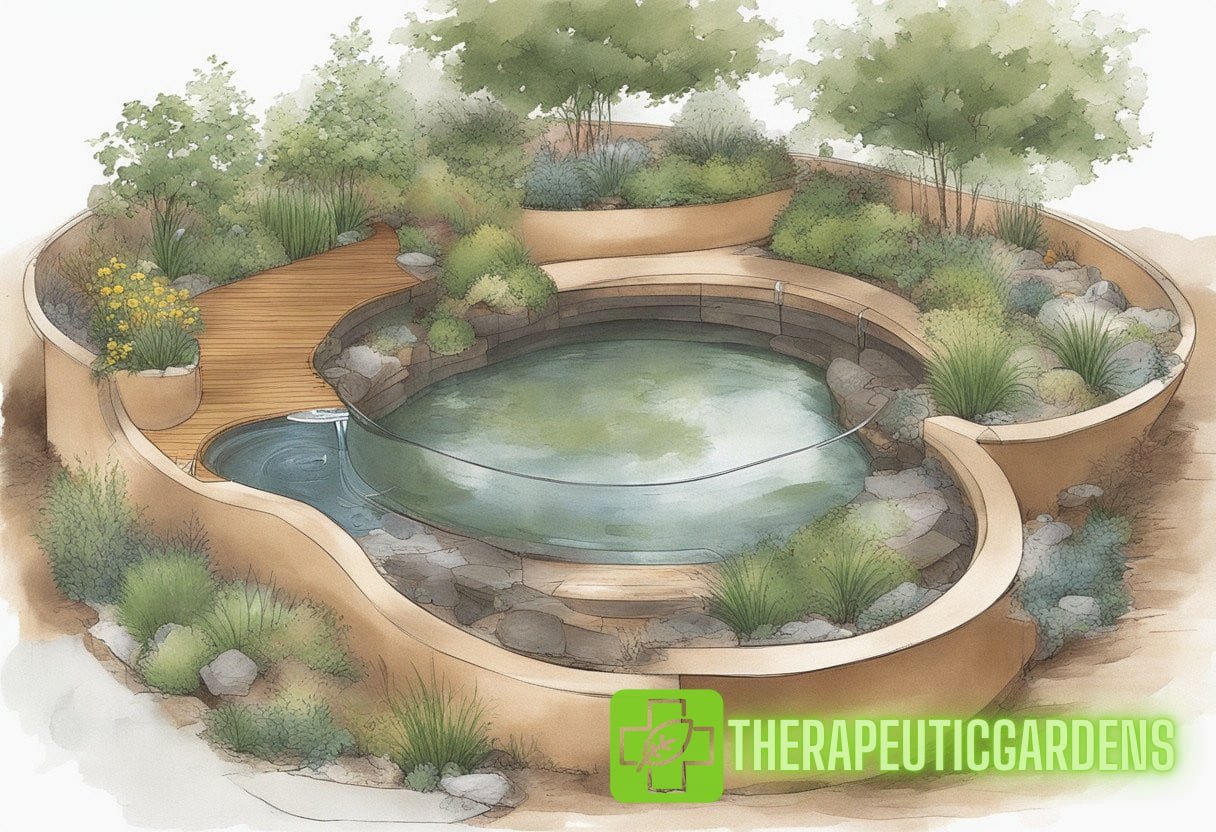In recent years, there has been a growing interest in sustainable gardening practices that promote water conservation. One such practice is hydroponic gardening, which offers an innovative approach to growing plants without soil. This method has gained popularity due to its ability to save water while providing an optimal environment for plant growth. In this article, we will explore the power of hydroponic gardening and how it can contribute to sustainable water conservation techniques for therapeutic gardening.
What is Hydroponic Gardening?Hydroponic gardening is a method of growing plants in water or a soilless medium, ensuring that they receive all the essential nutrients they need. Instead of relying on soil for nutrient absorption, plants are grown in a carefully controlled environment where nutrients are delivered directly to their roots. This precise nutrient delivery system allows plants to grow faster and produce higher yields compared to traditional soil-based gardening.
There are several types of hydroponic systems, including the nutrient film technique (NFT), deep water culture (DWC), and drip irrigation, among others. Each system has its own unique advantages, but they all share a common goal of conserving water and promoting sustainable gardening practices.
Sustainable Water Conservation Techniques in Hydroponic GardeningHydroponic gardening is inherently water-efficient, as it allows for precise control over the amount of water delivered to plants. However, there are several techniques that can further enhance water conservation in hydroponic systems:
Collecting and Reusing Water: – Rainwater harvesting: Collecting rainwater from roofs and other surfaces can provide a sustainable source of water for hydroponic gardening. Rainwater is typically free from chemicals and can be used to irrigate plants. – Condensation: Some hydroponic systems can be designed to capture and reuse condensation. This technique is especially useful in areas with high humidity, where condensation can be collected and directed back into the system. – Water recycling: By implementing water recycling systems, hydroponic gardeners can reduce water waste and conserve this precious resource. Used water can be filtered, treated, and reused in the system, minimizing the need for fresh water inputs. Watering Techniques: – Drip irrigation: This method involves delivering water directly to the base of each plant using a network of tubes and drip emitters. Drip irrigation is highly efficient, as it minimizes water evaporation and delivers water only where it is needed. – Ebb and flow system: In this system, plants are periodically flooded with nutrient-rich water and then drained. This technique conserves water by providing plants with the necessary moisture while preventing overwatering and runoff. Using Aeroponics: Aeroponics is a high-tech form of hydroponic gardening that suspends plants in the air and delivers nutrients to their roots through misting or spraying. This technique uses significantly less water compared to other hydroponic systems while providing optimal nutrient absorption. By combining aeroponics with other sustainable practices, such as rainwater harvesting and water recycling, gardeners can achieve remarkable water conservation results. Benefits of Hydroponic Gardening for Sustainable Water ConservationHydroponic gardening offers numerous benefits for sustainable water conservation, making it an ideal choice for therapeutic gardening initiatives:
1. Water Efficiency: Hydroponic systems use up to 90% less water compared to conventional soil-based gardening. This reduction in water usage is crucial in regions experiencing drought or facing water scarcity issues.

2. Nutrient Control: With hydroponic gardening, nutrients are delivered directly to the plants’ roots, ensuring they receive the optimal amount of nutrition. This precise control eliminates the need for excessive fertilizer use, minimizing the risk of nutrient runoff that can contaminate water sources.
3. Less Water Waste: Hydroponic systems are designed to minimize water waste by delivering water and nutrients directly to the plants. Unlike traditional gardening methods, where water can be lost through evaporation, runoff, or absorption by surrounding soil, hydroponics retains and recirculates water efficiently.
4. Improved Plant Growth: Hydroponically grown plants experience faster growth rates and higher yields compared to those grown in soil. This efficiency enables gardeners to maximize their yield using fewer resources, including water.
5. Year-Round Production: Hydroponic gardening allows for year-round production regardless of climate conditions. By controlling the growing environment, gardeners can grow crops in any season, reducing the need for water-intensive indoor heating or cooling.
In conclusion, hydroponic gardening harnesses the power of sustainable water conservation techniques for therapeutic gardening. By implementing practices such as rainwater harvesting, water recycling, and using efficient watering techniques, hydroponic gardens can significantly reduce water usage while providing optimal plant growth. This innovative method has the potential to revolutionize the way we approach gardening, offering sustainable solutions for water scarcity and contributing to a greener future.
Unlock the power of hydroponic gardening today and join the sustainable gardening revolution!
References Hydroponic gardening – Wikipedia


